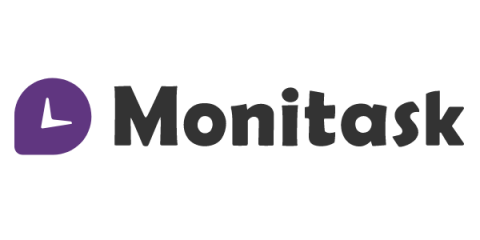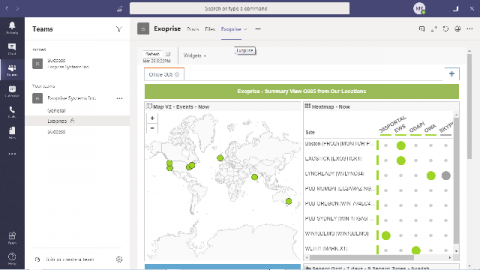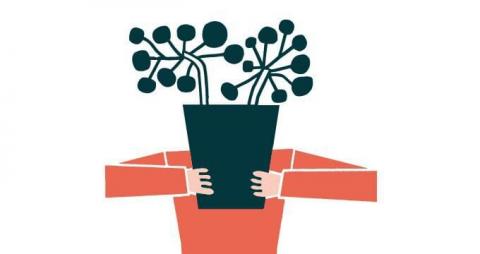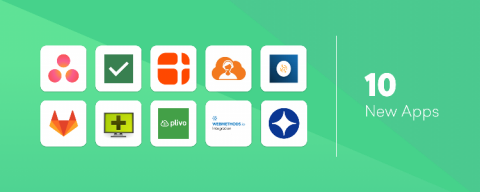The 12 Best Ways to Eliminate Distractions When Working Remotely
Surveys after surveys regarding these days’ working environment all reveal one thing: working from home is great. You get to set your own hours, avoid wasting precious time commuting, and you are able to tackle complex work in the comforts of your home. The benefits of working from home can convince even the most avid supporters of 9 to 5 jobs and office-based environments to take the plunge.











